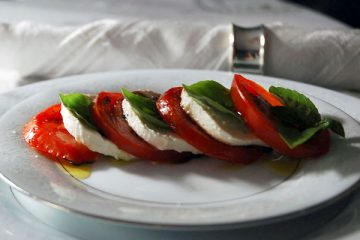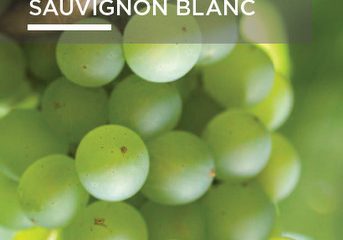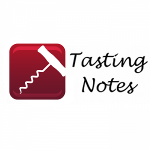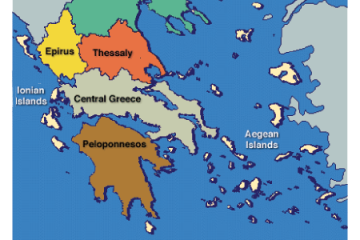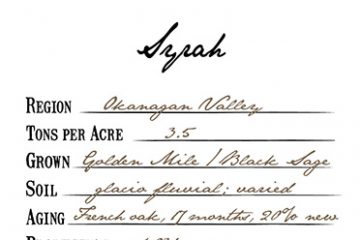In the old days, Alice Feiring knew exactly what she needed to do to launch her natural wine newsletter – find a publisher willing to give her an advance. But the old days are gone, and publishers are worrying about other things, like staying in business. So Feiring, perhaps the
Your guests have arrived, and your dinner party is bubbling along. Everyone’s twirling flutes of Champagne and nibbling canapés as they chitchat and catch up. You sit for apps, and more wine is poured. The chatter now mingles with jolly tintinnabulations of cutlery and stemware. Soon that course is through,
This has a hugely grassy nose, with a background of sweet lemon and honeydew. The palate mirrors the nose, with big grassy flavor, some gooseberry, then sweet/tart citrus and melon. Toward the finish it adds a touch of toast. It is a pleasant wine with a lot going on for
New Zealand Sauvignon Blanc is distinctive, but why? The Science of Sauvignon Blanc by wine writer and plant science Ph.D. Jamie Goode explores a host of recent scientific research topics in many facets of sauvignon blanc prodcution. The book, funded by the New Zealand Winegrowers’ levy-funded research program, sets out to
The nose has deep, earthy aromas to complement its fruit, like Michigan summer cherries dropped in fresh-plowed black dirt. The same cherries lead on the palate. Tart flavors, cranberry and a touch of red currant, join on the mid-palate, along with a cabinet full of exotic spices. The tart flavors
"Is a bottle of wine ever really worth $100?" This is a question I'm regularly asked by friends who aren't obsessed with wine. My answer is always the same. "Of course," I begin. "For starters, there's supply and demand -- bottles sell for what the market says they're worth." "But
When John and I left The Wall Street Journal in 2009 after almost 12 years of writing our wine column, Tastings, we ended a marvelous run of working together: 32 years under the same roofs. During that time, we’d had a lot of lunches together in newspaper cafeterias or nearby,
The emergence of syrah in Canada, and in particular in British Columbia's Okanagan Valley, has been one of the most pleasant developments of the last few years, in Canada, and this wine is one of the finest examples of what that grape can do in that particular region. Born of

